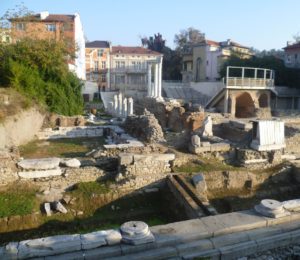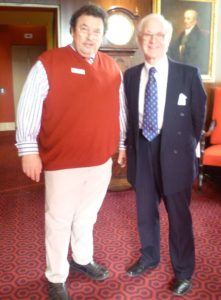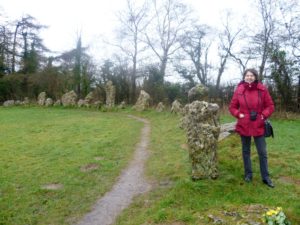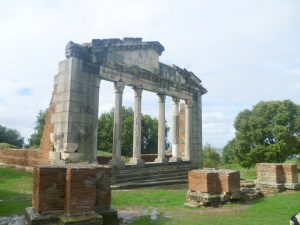What would a London street have looked like in the 1870s? There would have been over two million horses taking people and goods around the metropolis, for a start. The roads were all cobbled, providing a non-slippery surface for the horses, but there were neither traffic lights nor zebra crossings. Cabdrivers and their hansom cabs or hackney carriages waited for fares in designated cab stands. By law, a cabbie could not leave his horse and cab unattended; if he wanted to nip into a pub for quick bite, he had to pay someone to look after them. If the weather was appalling, he had nowhere to take shelter. London was crowded and noisy, as today, but the noises were different, even the smells were different.
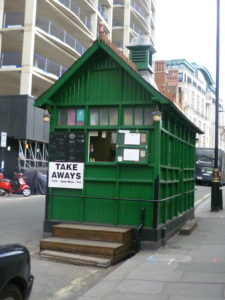
A Cabman’s Shelter Hut, at Temple Place, London, WC2. It now sells coffee and snacks to passers by
Continue reading Taking Shelter
Please share this page...
